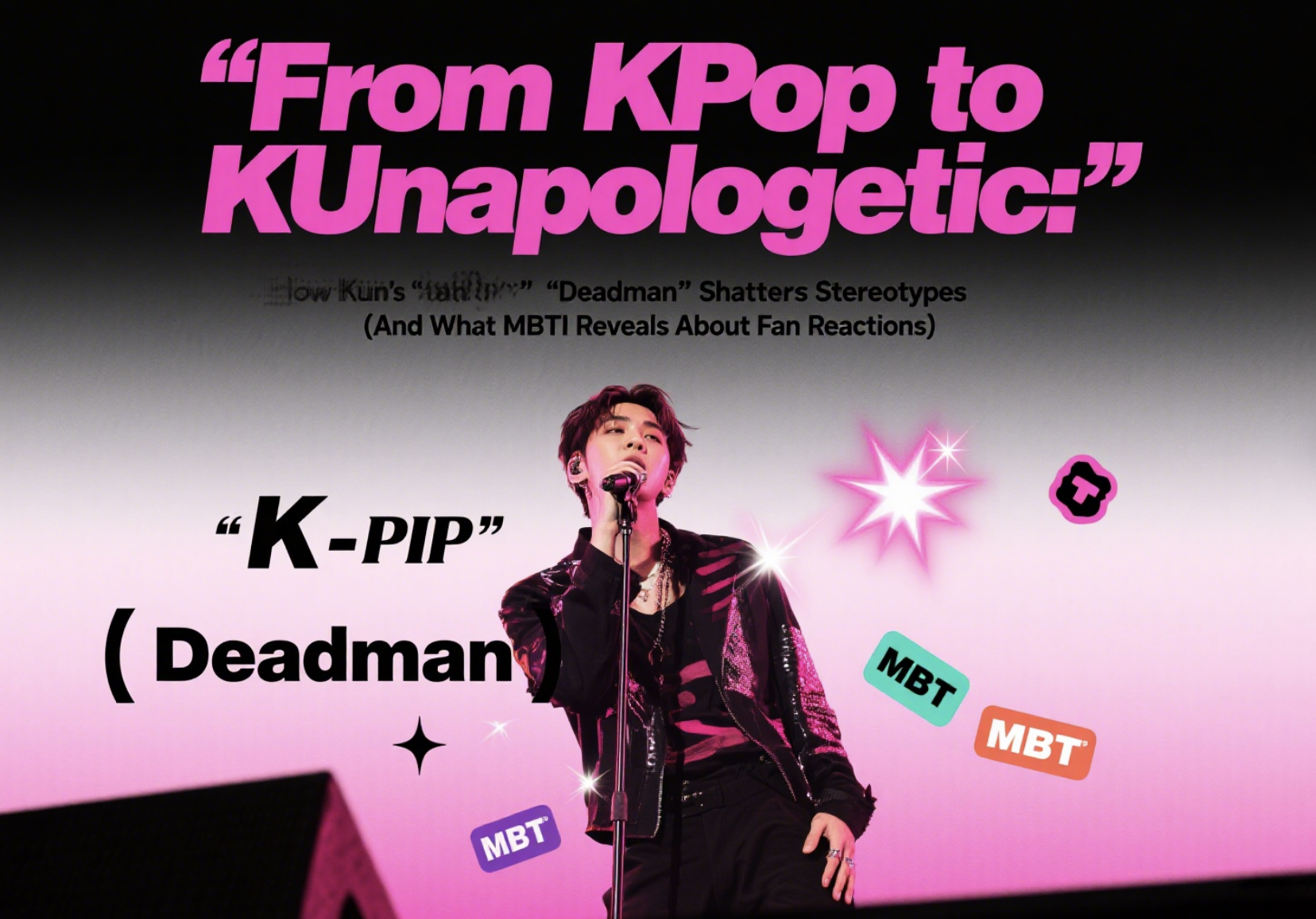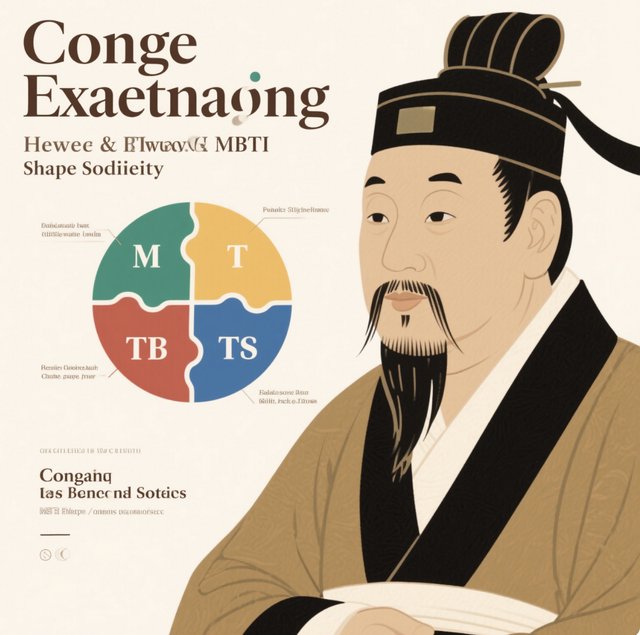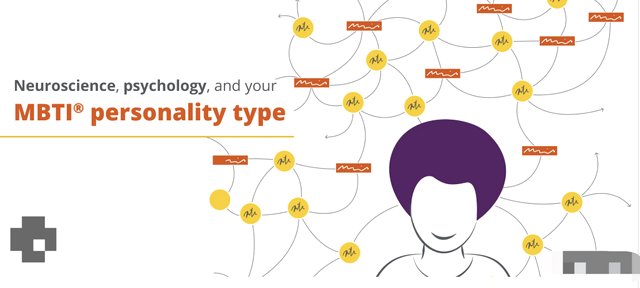From KPop to KUnapologetic: How Kun’s ‘Deadman’ Shatters Stereotypes (And What MBTI Reveals About Fan Reactions)

The release of Kun’s provocative new single Deadman has ignited a firestorm of reactions, from fervent praise to polarized criticism. His dramatic shift from a polished K-pop idol to a gritty, “sultry” persona—complete with a darker aesthetic—has been dubbed a “black transformation” by fans. But beneath the surface of this artistic evolution lies a fascinating psychological narrative: how personality types (as defined by MBTI theory) shape our perceptions of authenticity, gender expression, and career pivots.
1. The Deadman Phenomenon: More Than a Music Video
Kun’s metamorphosis isn’t just a stylistic choice—it’s a strategic career recalibration. Much like how INFPs (The Mediators) thrive in reinvention, his shift mirrors the artistic risks taken by icons like Madonna or BTS’s hip-hop roots. The track’s R&B-infused sound and daring visuals target an older demographic, leveraging the ENFJ (The Protagonist) charisma Kun naturally embodies. Yet, the backlash from some male fans (“公男”) reveals a deeper bias: studies show Sensors (S-types) often resist abrupt changes, while Intuitives (N-types) applaud innovation.
2. The Psychology of Fan Reactions: MBTI as a Predictor
The polarized response to Deadman exemplifies how MBTI types process cultural shifts:
- ISTJs (The Logisticians): Likely to critique the departure from Kun’s “idol” image, valuing tradition.
- ENFPs (The Campaigners): Celebrate the boldness, aligning with their love for novelty.
- ESTJs (The Executives): May dismiss the aesthetic as “unprofessional,” prioritizing conventional success metrics.
This mirrors historical patterns: When male artists like Taemin or Harry Styles embraced androgyny, Thinkers (T-types) debated “authenticity,” while Feelers (F-types) praised emotional expression.
3. The “Toxic Mirror” Effect: Why We Praise Likeness, Punish Difference
Kun’s critics exemplify a societal reflex: rewarding those who mirror their own identity (e.g., Lu Han’s soccer skills deemed “masculine”) while penalizing divergence (Kun’s “媚男” or “appealing to men” critique). MBTI reveals this as a clash of cognitive functions:
- Fi (Introverted Feeling) Users (e.g., INFPs): Defend individual expression.
- Te (Extraverted Thinking) Users (e.g., ENTJs): Demand conformity to external standards.
Career-wise, this bias impacts industries from tech (where ISTPs thrive) to fashion (dominated by ESFPs).
4. Career Lessons from Kun’s Reinvention
For professionals navigating identity shifts:
- Align With Your MBTI Strengths: An ISFJ’s steady evolution differs from an ENTP’s radical pivots.
- Anticipate Pushback: Sensors may resist your INFJ-led vision—prepare data (for STs) or narratives (for NFs).
- Leverage Archetypes: Kun’s “dark” persona taps into the INTJ strategist or ESTP provocateur—both high-impact career brands.
Conclusion: Beyond the Hype
Deadman isn’t just a song—it’s a case study in personality-driven career strategy. Whether you’re an ENTJ entrepreneur or an INFP artist, understanding how your type interprets change can turn backlash into breakthroughs. The key? Own your narrative—before others define it for you.




